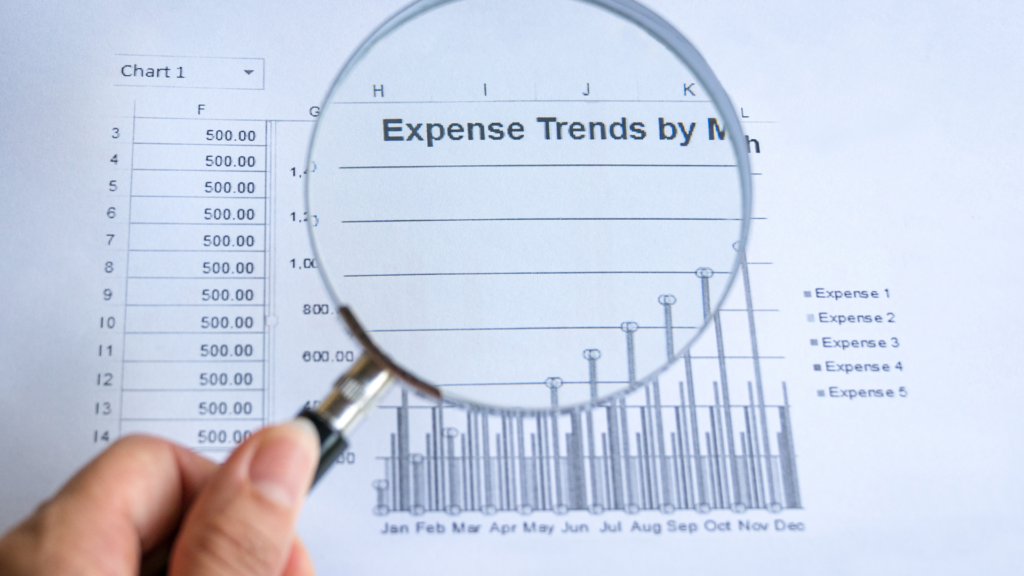The price of arabica coffee has been on an unstoppable climb, hitting 14 consecutive record highs in just three weeks. But this rally isn’t just about supply and demand—it’s being fueled by a financial squeeze that’s leaving traders scrambling for survival.
At the heart of the crisis? Exploding trading costs, tighter credit lines, and a margin call nightmare that’s forcing traders to buy back contracts—pushing prices even higher.
Why Are Coffee Prices Surging?
Coffee prices have nearly doubled in the last six months, and traders who bet on a price drop are paying the price—literally.
Here’s what’s happening:
1. Margin Costs Have Doubled
The Intercontinental Exchange (ICE), which sets global arabica coffee prices, has raised margin requirements again—by 10% this week alone.
That means traders now need $10,410 per contract, nearly double what they needed a year ago. To control just 100 metric tons of coffee, a trader must put up at least $62,000 upfront—and even more if their position starts losing money.
For traders with larger short positions (bets on falling prices), this could mean hundreds of thousands—or even millions—in margin calls just to stay in the game.

2. Traders Are Being Forced to Buy Back Contracts
Many traders holding short positions—effectively betting on coffee prices dropping—are being forced to exit those positions because they can’t afford the mounting losses.
The only way to do that? Buy back their contracts.
And every time they do, it drives prices even higher—fueling a vicious cycle where coffee becomes even more expensive.
3. Tight Credit Lines Are Making Things Worse
Banks are tightening lending to coffee traders, meaning many don’t have the cash to keep up with soaring margin requirements.
Brazilian coffee firms Atlantica and Cafebras have already filed for court-supervised debt restructuring—a last-ditch effort before bankruptcy. Analysts warn that more traders could be next if prices stay near $4 per pound.
This is where Boldrip’s capital extension solutions come in.
Instead of struggling to secure short-term financing or relying on rigid bank credit lines, traders and buyers can access flexible working capital tailored to their procurement needs.
With instant financing for green bean purchases, buyers can continue sourcing coffee at competitive prices without getting caught in liquidity crunches. Our capital solutions help businesses bridge cash flow gaps, maintain pricing leverage, and avoid costly delays in procurement.
Because in a market where price swings can make or break profitability, access to capital isn’t just useful—it’s survival.
No Quick Fix in Sight
Industry insiders say the market won’t cool down anytime soon. A trader at one of the world’s largest coffee firms warned that “billions” are being demanded in margin calls, and he sees no sign of relief in the near term.
The only potential break? A larger coffee harvest from Brazil later this year might bring some price relief—but there’s no guarantee.
In the meantime, traders who can’t afford to hedge are leaving the market. And when there’s no one to sell futures contracts, every time a roaster or speculator buys, prices spike even higher.
No Quick Fix in Sight
Industry insiders say the market won’t cool down anytime soon. A trader at one of the world’s largest coffee firms warned that “billions” are being demanded in margin calls, and he sees no sign of relief in the near term.
The only potential break? A larger coffee harvest from Brazil later this year might bring some price relief—but there’s no guarantee.
In the meantime, traders who can’t afford to hedge are leaving the market. And when there’s no one to sell futures contracts, every time a roaster or speculator buys, prices spike even higher.
What This Means for Coffee Drinkers
For consumers, this financial storm brewing in the coffee markets means one thing: your morning cup is getting more expensive.
With no immediate solution in sight, roasters and wholesalers will be forced to pass these costs down the supply chain. And if the market keeps climbing, we could see coffee prices reach historic highs at retail levels.
The bottom line? This isn’t just a coffee crisis—it’s a financial war playing out in real-time. And for now, traders—and consumers—are paying the price.

